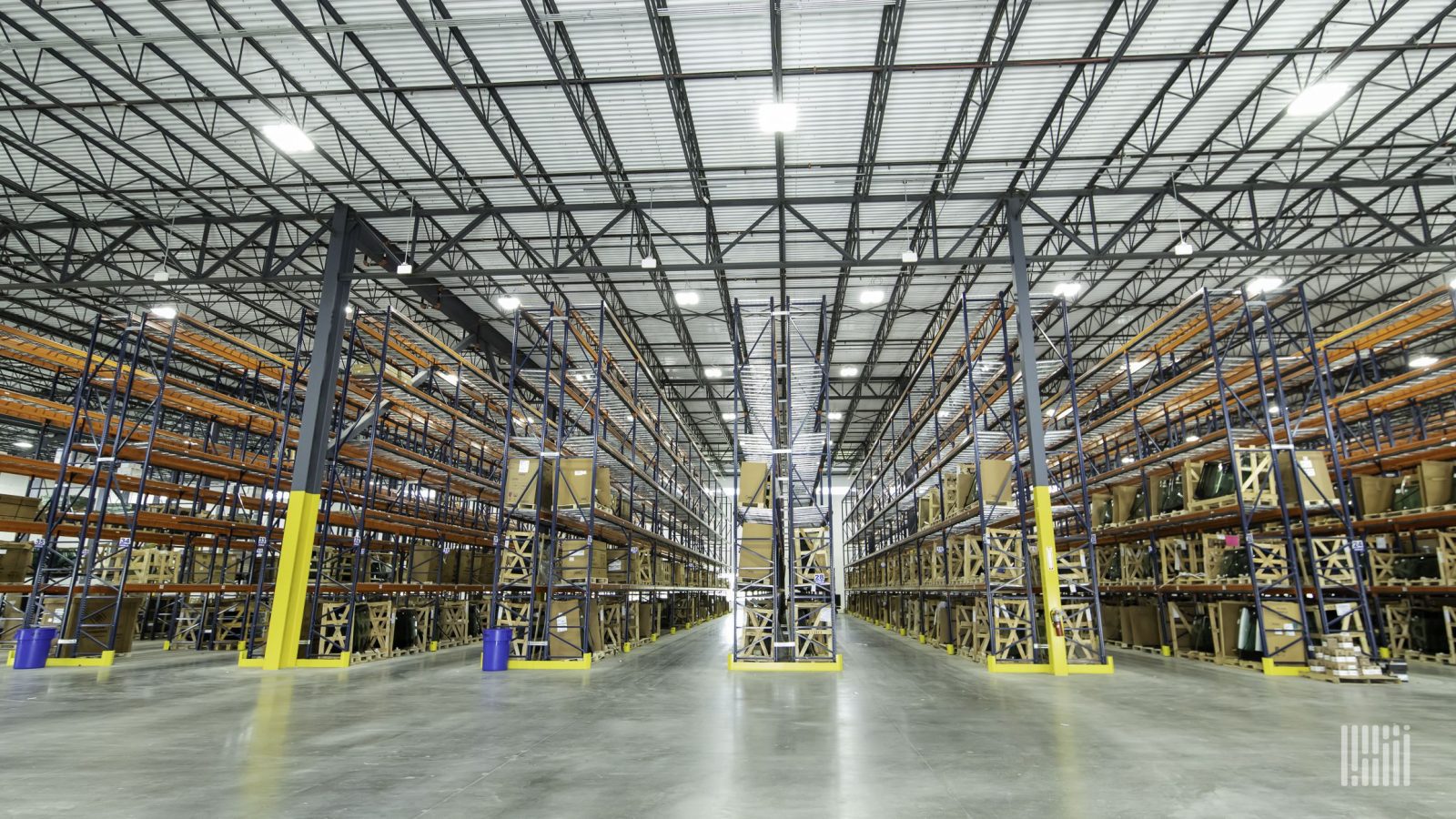Many people have switched to LED lights in their homes because they know how much money and energy it saves. So why haven’t companies with huge warehouses around the world done the same?
It often requires coordination between tenants and landlords, changes to leases or contracts, and optimal timing to reduce disruptions to warehouse operations.
But the environmental benefits of LED lighting are substantial, and in many instances, the economic benefits make it financially well worth the investment.
Cost, energy, emissions savings of LED lighting
Lighting is “one of the largest electrical loads in warehouses and distribution centers,” Rafat Shehadeh, global head of essentials and procurement at supply chain real estate company Prologis, told . So improving energy efficiency can have a big impact on electricity costs.
“Given the energy, labor and cost benefits, switching to LEDs is a smart move for any supply chain company,” Elhattab said. But some leaders don’t realize the benefits until they find out they can save $10,000, $20,000 or even $100,000 by switching to LED lighting, he added.
Shehadeh said Prologis customers with LED retrofits “benefit from keeping all the energy savings, operating more sustainably and having their team enjoy a brighter workspace.”
The split incentive barrier
Many warehouses operate within the triple net leasing model, Stockdale said. That means the landlord gets a base rate for rent, and logistics companies that rent are responsible for paying for their own utilities, among other costs.
If landlords paid for LED retrofits, they would not benefit financially from the energy savings since their tenants pay for electricity. In this case, landlords have little incentive to make the investment.
Timing challenges
The payback period for an LED retrofit is typically three to five years, depending on the cost of electricity and the amount of time the warehouse is operational, Stockdale said. A warehouse that’s in an area with high electricity costs that runs 24/7 is going to recoup the costs much faster than a warehouse running one shift a day with lower electricity costs.
The average lease length for Link Logistics’ customers is three to five years, Stockdale said. This may discourage warehouse renters from pursuing LEDs because they may have to move locations before they would see the energy savings.
Retrofitting warehouses also takes time and space.
“We have a lot of customers that operate two or three shifts and some customers operate 24/7,” Stockdale said. He said bringing in scissor lifts that can reach the 25-foot or 35-foot ceilings to change out the bulbs takes away a significant amount of square footage.
Some of the retrofits are done at night at facilities that don’t run 24/7, but that increases the labor costs for installation. LED retrofits are often not considered at all between October and January because warehouses can’t handle additional disruptions during the holiday season, Stockdale added.
Companies making strides
“We’ve been working to upgrade our facilities with LED lighting since 2016 and have installed LED lighting across 57% of our global portfolio to date. While we’ve been focused on making the switch, it requires close coordination with our customers,” Shehadeh said.
“We work in lockstep with our customers when upgrading an occupied facility to avoid disrupting their operations and not to strain our install supply chain. We also convert facilities when they become vacant, which doesn’t happen often.”
Prologis has been in business for nearly 40 years, so it is one of the companies leading the way, Stockdale said. Link Logistics is catching up to Prologis’ progress in LED retrofits, but it was only established in 2019. Link Logistics works with 7,000 tenants at 3,500 buildings. The process of transitioning them all to LEDs takes time.
LEDs or renewable energy first?
When it comes to considering LED lighting and renewable energy, Stockdale said it’s important to follow the “age-old sustainability formula.”
“The formula is very simple: It’s measure, reduce, offset. It actually is that simple,” Stockdale said. “If you’re not following that, you’re actually not being a good steward of your customers’ operating expenses and your own goals.”
The formula supports reducing energy consumption and emissions through efficiency gains such as transitioning to LEDs as much as possible before switching to renewable energy. Otherwise, companies will be paying for extra renewable electricity capacity they may not need with lower energy requirements.
Said Elhattab: “We’ve seen from our supply chain customers that switching to LED lighting is often the first step of a decarbonization journey. Although switching to LED bulbs costs a slight upfront premium, the technology and products are reliable, the energy and cost savings are proven, and the [return on investment] is clear.”






